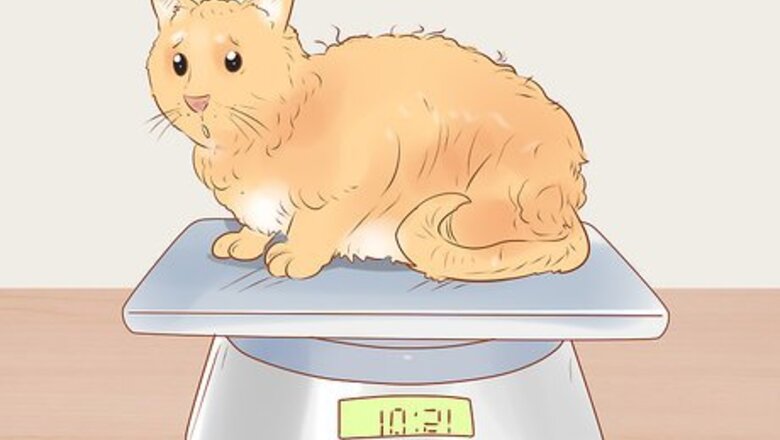
views
X
Research source
To determine if your cat has liver shunts, start by identifying the physical and behavioral symptoms of this condition. You can then treat liver shunts in your cat using diet, medication, and surgery.
Identifying Liver Shunts in Cats

Look at your cat’s weight and size. Cats who have liver shunts tend to have stunted growth, where they are too small or skinny for their age and breed. Notice if your cat seems to have a small stature or does not seem to be developing as it gets older. A cat with liver shunts may also be underweight, partly due to a lack of appetite. You may need to compare your cat’s weight and size to the standard weight and size of its breed. You can also bring your cat into the vet to determine if he has stunted growth, possibly due to liver shunts.
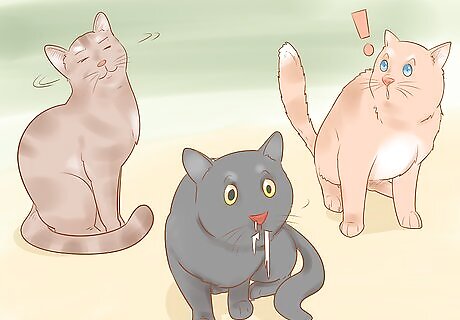
Check if your cat is swaying, stumbling, drooling, or having seizures. Another common physical symptom of liver shunts is seizures and swaying around. Your cat may sway around as if drunk or imbalanced, often after eating their food. He may also circle, pace, or stumble around when he walks. You may also notice that your cat drools heavily. These are all possible signs of liver shunts. A cat who has liver shunts may stare vacantly and appear disoriented and lethargic. Watch for symptoms that get worse after your cat finishes eating.
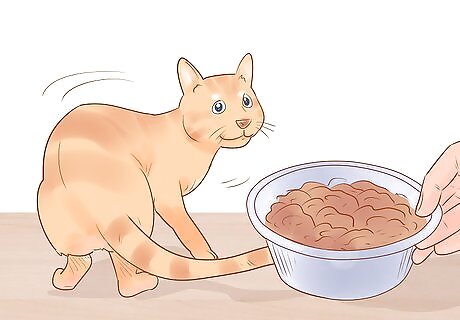
Check if your cat has a lack of appetite. If your cat has liver shunts, he may show no interest in his food or stop eating altogether. This lack of appetite may be due to a general feeling of illness or nausea due to liver shunts.
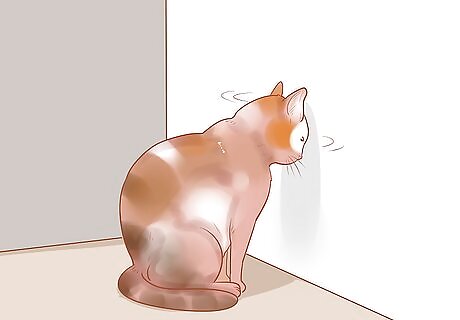
Notice if your cat is head pressing. Cats who have liver shunts tend to press their heads on objects, such as the floor, the wall, or an item of furniture. This is likely done to help reduce feelings of nausea, anxiety, and illness due to liver shunts.

Bring your cat to the vet for a diagnosis. If you notice any physical or behavioral symptoms of liver shunts in your cat, bring your cat to your vet right away. Your vet will run a series of tests on your cat to determine if your cat has liver shunts, including a physical exam, a blood test, a urine test, a liver function test, and an x-ray. Most of these tests can be done during your appointment with the vet and are non invasive. Liver function tests may require your cat to fast overnight or for several hours so your cat’s bile acids can be measured properly.
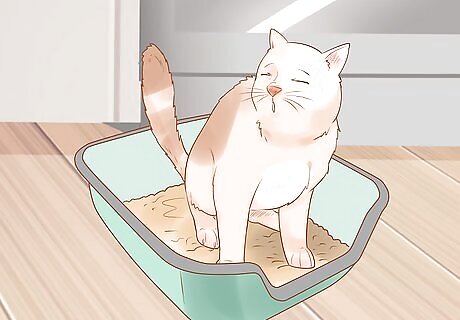
Notice if your cat has a hard time urinating. If your cat has liver shunts, he may not be able to urinate at all or he may have to strain to urinate in the later stages. Alternatively, he may urinate and defecate too often. If your cat is urinating, you may notice blood in their urine. This is a late stage sign of liver shunts. You may also notice that your cat has diarrhea and seems unable to control their bowel movements. This could be a sign of liver shunts as well.
Treating Liver Shunts in Cats
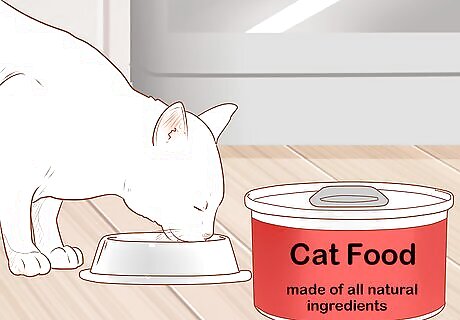
Adjust your cat’s diet. Your vet may recommend a low impact treatment like an adjustment of your cat’s diet. Giving your cat a low-protein diet can help to reduce some of the symptoms of liver shunts. Feed your cat high quality food that is low in protein, such as cat food made of all natural ingredients. Your vet should be able to recommend cat food brands that would be ideal for the treatment of liver shunts. Sometimes adjusting your cat’s diet will be recommended in addition to other treatments like medication or surgery.
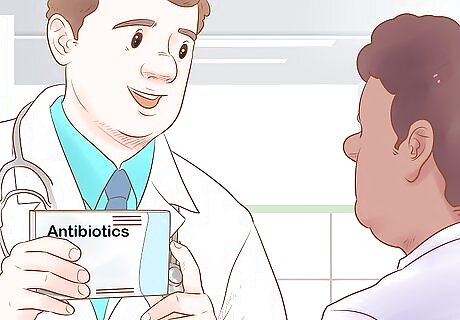
Give your cat medication. Your vet may suggest medication to treat liver shunts in your cat. Antibiotics can help to alter the bacteria in your cat’s intestines, which can then reduce the toxins in your cat’s blood. Lactulose medication can also help to reduce the toxins in your cat’s blood. Speak to your vet about the proper dosage for these medications. If your cat is experiencing seizures, your vet may recommend anti-seizure medication for your cat.
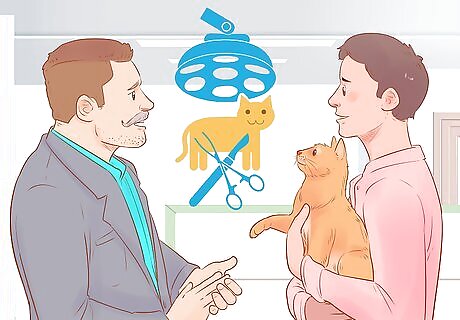
Discuss surgical options with your vet. If your cat’s condition is severe, your vet may recommend surgery to address the liver shunts. Surgery is a permanent solution to your cat’s issue but it can be expensive. During the surgery, blood flow will be redirected to your cat’s liver. This will help your cat’s liver work properly and prevent liver shunts in the future. The surgery cannot be performed in your vet’s office by your vet, but your veterinarian may recommend a specialist who can perform this surgery. Your cat will be given a general anesthesia during the surgery.
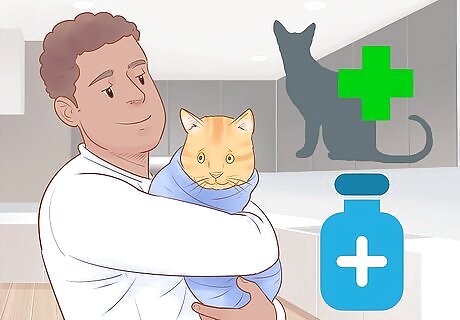
Help your cat recover after surgery. Post surgery, your cat will be on medication to help your cat’s body adjust to a working liver. Give your cat the required medications so your cat’s liver can regenerate and work properly again. Often, the prognosis for a cat who recovers well after the surgery is good, as the liver shunts rarely return. If your cat shows any signs of hypertension after surgery, such as vomiting, diarrhea, or difficulty breathing, bring him to the vet right away. The vet will then address the issue and check that your cat is healing properly post surgery.




















Comments
0 comment